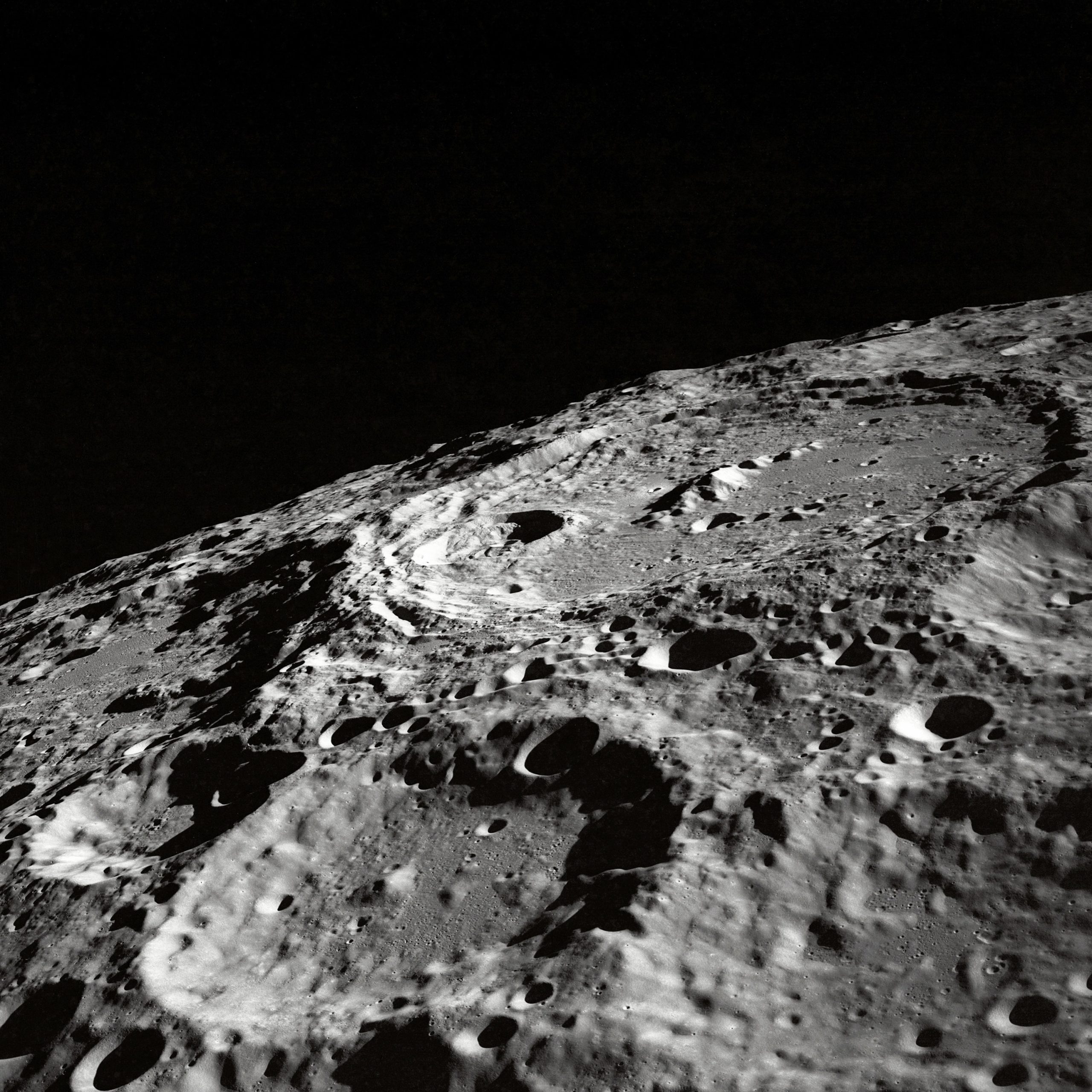The Moon Cycle: Definition, Phases, and Impacts on Earth
The moon has captivated humanity for centuries. Its ethereal beauty and changing appearance have sparked countless myths, legends, and even scientific discoveries. One of the most fascinating aspects of the moon is its cycle, a regular pattern of changes in its appearance that is referred to as the moon cycle or lunar cycle.
In this blog post, we will delve into the definition of the moon cycle, explore the different phases it goes through, and discuss the impacts it has on Earth
What is the Moon Cycle?
The moon cycle refers to the continuous changes in the moon’s appearance as it orbits the Earth. These changes occur due to the varying positions of the Earth, moon, and sun relative to each other. The entire cycle takes approximately 29.5 days to complete, known as a lunar month or synodic month.
The moon appears to cycle through a series of distinct phases, which are a direct result of the sunlight that falls on different parts of its surface during its orbit.
The Eight Phases of the Moon Cycle
The moon cycle can be divided into eight phases, each with its own unique appearance and name. These phases are:
- New Moon
- Waxing Crescent
- First Quarter
- Waxing Gibbous
- Full Moon
- Waning Gibbous
- Last Quarter
- Waning Crescent
During the first phase, the new moon, the moon is not visible from Earth as the sun shines on its far side. As the days progress, a small sliver of light becomes visible, marking the waxing crescent phase. This phase continues to grow, reaching its halfway point during the first quarter. The moon then enters the waxing gibbous phase, where it becomes nearly full. Finally, the moon reaches its full phase, appearing as a complete circle in the sky.
After the full moon, the process reverses. The moon enters the waning gibbous phase, gradually reducing in size. The last quarter signifies the halfway point of the moon cycle’s second half, leading up to the waning crescent phase. Eventually, the moon returns to its new moon phase, marking the start of a new cycle.
The Moon’s Influence on Earth
The moon’s cycle has several important impacts on Earth, which are felt in various ways:
Tides
One of the most significant effects of the moon on Earth is its role in creating tides. The gravitational pull of the moon, combined with its position relative to the Earth and sun, causes the ocean’s waters to bulge. This results in the formation of high and low tides that occur cyclically throughout the day.
The moon’s gravity pulls the water toward itself, creating a high tide on the side of the Earth directly facing the moon and a high tide on the opposite side. The areas in between experience low tides. As the moon orbits the Earth, this pattern of tides is repeated, creating a daily ebb and flow.
Animal Behavior
The moon’s cycle also influences the behavior of certain animals. Many species, particularly marine creatures, use the moon’s phases to navigate, reproduce, or engage in other life-sustaining activities. For example, sea turtles hatch and make their way to the ocean during nights with a full moon to increase their chances of survival.
Furthermore, the moon’s brightness during different phases can affect the hunting or mating behaviors of various nocturnal animals, while certain insects synchronize their reproductive cycles with the lunar phases.
Human Culture and Traditions
The moon’s cycle holds immense cultural significance, evident in various traditions and beliefs practiced by different societies throughout history. Many ancient civilizations, such as the Mayans and ancient Egyptians, developed calendars based on the moon’s phases, influencing their agricultural, religious, and social activities.
In more recent times, the full moon has been associated with supernatural phenomena, from werewolves in folklore to the belief that the full moon induces madness in humans, known as the “lunar effect.” While scientific evidence does not support these beliefs, they reflect the enduring fascination with the moon’s cycle and its impact on human culture.
In Conclusion
The moon’s cycle, with its eight distinct phases, provides a mesmerizing spectacle in the night sky. From the new moon to the full moon and back again, this lunar journey impacts Earth in various ways, from creating tides that shape our coastlines to influencing the behavior of animals, including humans.
Understanding the moon cycle not only deepens our appreciation for the natural wonders around us, but it also connects us to ancient traditions and beliefs that have revered our celestial companion for centuries.
Table of Contents
